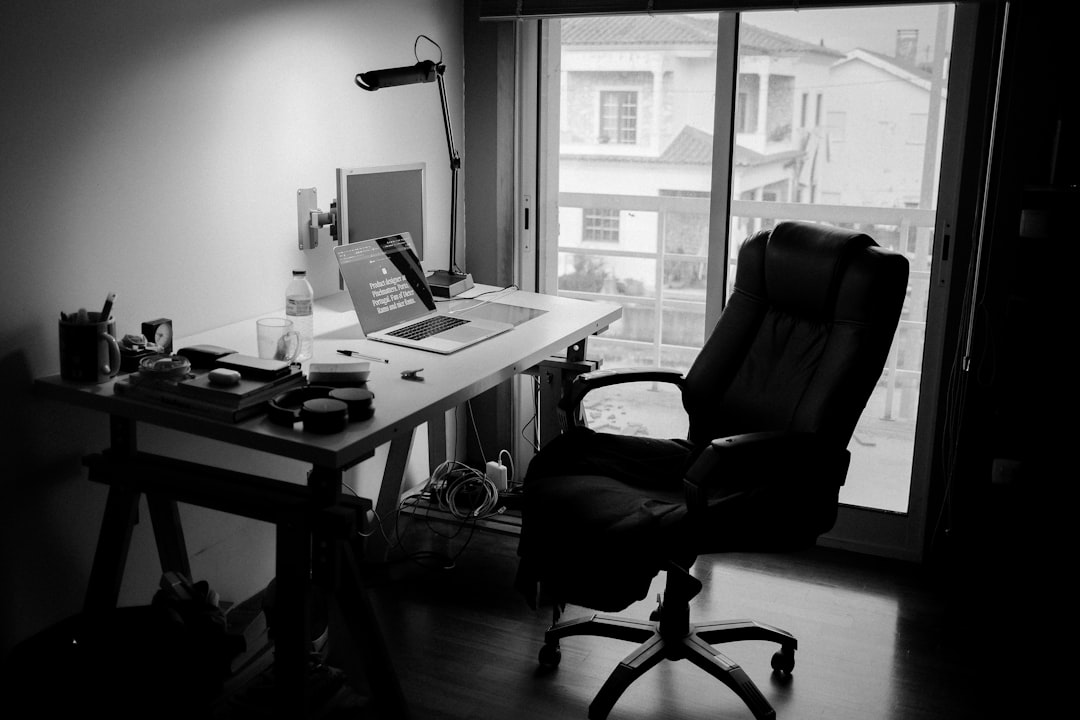In the world of remote work, where your kitchen table becomes your office desk, and coffee breaks include your cat, staying on top of who’s working can get tricky. That’s where Attendance Management Software swoops in like a superhero.
Whether your team is working from beaches, bedrooms, or boardrooms, this software helps keep everything organized, simple, and stress-free. Ready to learn how it works?
Contents
What Is Attendance Management Software?
It’s a tool. A digital buddy. A time-tracking wizard. This type of software helps managers and employees track:
- When someone logs in to work
- When they log out
- Breaks taken
- Leave days
- Overtime hours
It’s like a modern-day punch card system—but without the awkward paper slips or constant emails like “Hey, did you clock in yet?”
Why It’s a Must-Have for Remote and Hybrid Teams
When everyone’s in the same office, it’s easy to see who’s at their desk. But when half the team is on Zoom and the other half is in pajamas—things can get confusing.
Here’s how attendance software can save the day:
- Real-time tracking: Know when your team is actively working—even from different time zones.
- No micromanaging: It keeps things transparent, so managers aren’t always asking questions, and employees feel trusted.
- Easy reporting: Just a few clicks and you can see weekly or monthly attendance reports.
- Leave management: Apply, approve, and track leaves in one place.

How It Works (In the Simplest Way Possible)
Let’s keep it super simple. Here’s what typically happens:
- You sign into the software.
- Click a big, friendly “Start Day” or “Clock In” button.
- The software starts tracking your time.
- Take a break or lunch? Click “Pause” or “Break.”
- Back to work? Resume tracking.
- Done for the day? Click “Clock Out.”
Some tools even detect inactivity. So if your keyboard is collecting dust, it might pause the timer for you.
Cool Features You Should Look For
Not all attendance tools are the same. Some just do the basics. Others are jam-packed with magical features.
Here are a few cool functions to check out when choosing one:
- Geo-tracking: Know where employees clock in from. Great for teams on the move.
- Biometric integration: Some systems let you use facial recognition for check-ins. (Yes, it’s very sci-fi!)
- Calendar sync: Line things up with Google Calendar or Outlook for easy scheduling.
- Slack or Teams integration: Get reminders or updates within your favorite communication tool.
- Custom reminders: Never forget to clock in or out again.

Benefits of Using Attendance Software
Still on the fence about it? Here are more reasons why it’s worth it:
- Fairness: Everyone is held to the same schedule rules.
- Fewer errors: No more manual spreadsheets with typos.
- Productivity insights: Some tools give weekly reports with graphs and charts.
- Compliance: Helps with legal records if there are labor disputes.
- Time zone confusion? Solved! Let the software handle it.
It’s especially helpful for hybrid teams. Whether your colleagues are on-site, at home, or drinking a smoothie at a café, their time is being tracked fairly.
Popular Tools to Try
There’s no shortage of great tools out there. Here are a few fan favorites:
- Clockify: Simple and free to start. Great for small teams.
- Hubstaff: Includes screenshots and productivity ratings.
- Time Doctor: Nice for remote employee productivity tracking.
- AttendanceBot: Works right inside Slack or MS Teams.
- Zoho People: Full HR suite, including attendance and timesheets.
Try a few and see what clicks with your team!
FAQs People Always Ask
Is attendance tracking creepy?
Not if you’re transparent! Let your team know what’s being tracked and why. It’s about fairness, not spying.
What if someone forgets to clock in?
Most tools let you manually edit entries after the fact. Some also send automatic reminders!
Does it work on mobile?
Yes! Most tools have mobile apps so employees can check in from anywhere—even a mountain top.
Set It and Forget It
Many attendance tools can be automated. That means you can schedule clock-ins based on regular shifts. Or set rules like “clock out after 8 hours if no activity.”
The less your team has to think about time tracking, the better.
Tiny Mistakes That Can Be Avoided
Be careful of these little oopsies:
- Forgetting holidays—make sure your software knows them too.
- Ignoring different time zones for hybrid teams.
- Relying only on memory for edits (“I think I worked 9 hours?”)
Fortunately, most tools today are smart enough to help you avoid all that.
Wrapping Up (Or Clocking Out?)
Remote and hybrid work is here to stay. So is the need for clear, smart, and fair time tracking.
Attendance Management Software makes it easy. It cheers on your team silently in the background—tracking, reporting, and reminding when needed.
So next time you’re sipping a latte while logging in from your beach chair, just remember: your attendance software has your back.
Now that’s teamwork.

